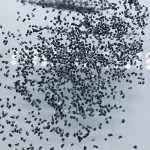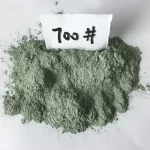The difference between fused corundum and tabular alumina Fused corundum is generally used in refractory materials such as white corundum, sub-white corundum, and brown corundum, and is made of fused alumina or bauxite. What are the differences?
1. The impurity content of tabular alumina is low and uniform, while the impurity content of fused corundum is high and uneven. It uses high-purity industrial alumina as raw material and does not add any additives during the production process. Other impurities, such as iron, silicon and sodium are trace amounts, except for a small amount of mechanical iron in crushing (iron can be removed by magnetic separator); while fused corundum should add iron and carbon as additives in the production process, adding iron , carbon, silicon, sodium and other impurities, much higher than tabular corundum. At the same time, due to the different cooling speeds of different parts during the cooling process of the corundum melt, the impurity content of different parts is also different. Therefore, fused corundum emphasizes strict selection, while tabular corundum does not require picking.
2. Tabular alumina is superior to fused corundum in terms of thermal shock resistance and peeling resistance. Tabular alumina has good thermal shock resistance and spalling resistance, and has a certain number of closed cells. Spherical closed cells effectively resist thermal shock and prevent crack propagation; while fused corundum has more open cells and fewer closed cells, and forms larger single crystals during slower cooling. These single crystals develop microcracks during crushing, which reduces thermal shock resistance and delamination resistance.
3. The production process of tabular alumina is more energy-saving and environmentally friendly than molten corundum. Because in the production process of molten corundum, a lot of waste gas and slag are discharged; while in the production of tabular corundum, natural gas is used as the heat source, and no other waste gas and slag are emitted except for carbon dioxide in natural gas.
News
Home » Uncategorized » The difference between fused corundum and tabular corundum
The difference between fused corundum and tabular corundum
Related NEWS
What is the effect of pickling black sic grain?
April 7, 2025
Uncategorized
PRODUCT CATEGORIES
Product Related
-
 Pickled Black Silicon Carbide Sand
/MTRated 0 out of 5
Pickled Black Silicon Carbide Sand
/MTRated 0 out of 5 -
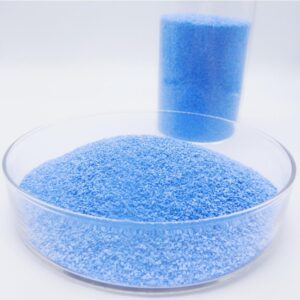 Blue ceramic corundum for grinding wheel
/MTRated 0 out of 5
Blue ceramic corundum for grinding wheel
/MTRated 0 out of 5 -
 Sintered SG abrasives by sol-gel method
/MTRated 0 out of 5
Sintered SG abrasives by sol-gel method
/MTRated 0 out of 5 -
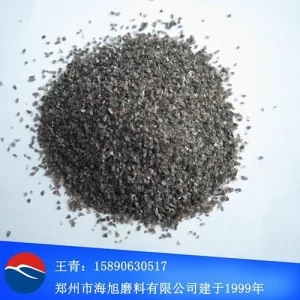 Brown emery 46# for cutting picks sand blasting
/MTRated 0 out of 5
Brown emery 46# for cutting picks sand blasting
/MTRated 0 out of 5 -
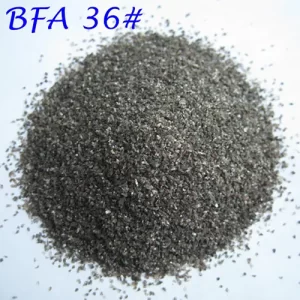 Brown corundum for cutting teeth sand blasting
/MTRated 0 out of 5
Brown corundum for cutting teeth sand blasting
/MTRated 0 out of 5

